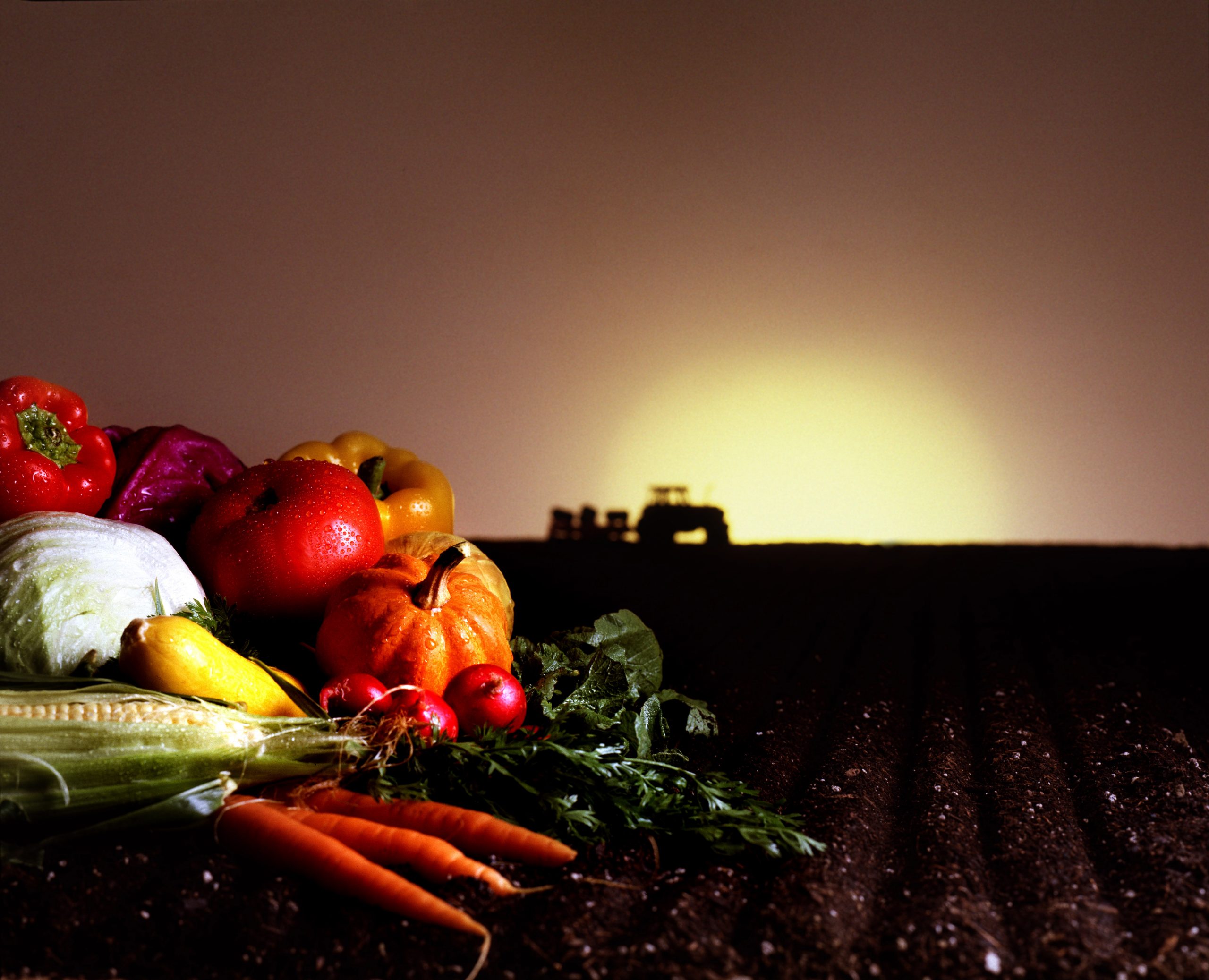
Searching for vegetable innovation
6 March 2020
Investigating cavity spot and forking in carrots
10 March 2020For over three and a half years, Project Harvest delivered monthly insights into how Australian consumers think and feel about fresh vegetables. With the last report delivered in early 2017, Jarrod Strauch spoke with service provider Colmar Brunton about the roadmap that its findings have laid out for the industry.
Over two million tonnes of fresh vegetables are sold in Australian supermarkets, greengrocers and produce markets every year, at a value of over $3.9 billion – but Australian consumers still aren’t eating enough.
According to the Australian Bureau of Statistics, only seven per cent of Australians meet the guidelines for the recommended daily serves of vegetables (5-6 or more serves for men depending on age, and five or more for women), despite research showing that they also understand vegetables are generally the healthiest food available.
To help the Australian vegetable industry bridge the gap between intent and action, Hort Innovation funded the Project Harvest study to research consumers’ attitudes towards fresh vegetable purchases. For over three and a half years, Colmar Brunton delivered monthly reports containing in-depth research on a roster of 28 vegetables, as well as a collection of ad hoc studies on emerging trends or areas of interest. The project concluded in 2017, leaving the industry with a wealth of insights into how consumers think and feel about fresh vegetables – from preferred cooking styles to freshness expectations and everything in between.
Wave of the future
“The objective back in the early days was around better understanding consumer attitudes,” Colmar Brunton Research Director Dr Denise Hamblin explained.
“It really focused on the ‘now’.”
However, over the life of the project, the focus evolved from ‘now’ to ‘then’ – looking at consumers’ future purchase intent, their desires for innovation and other examinations of emerging trends. Colmar Brunton found that a key demographic for the industry’s future actions was the band of Australians aged 18 to 35 years old – sometimes called “millennials”.
“These are our main grocery buyers of the future, and looking at how these younger consumers differ to the main or to an average consumer gives us an idea as to the future and what we need to do,” Dr Hamblin said.
One key finding from the project was the concerning preoccupation among millennials with the expense of vegetables.
“When we ran the online forum with millennials, they really over-indexed in terms of the barrier of expense around vegetables,” Dr Hamblin said.
“There’s very little understanding of the process, and therefore the value, that’s attached to vegetables that are harvested.
“So, I think from the grower level, and throughout the industry, there’s a need for everyone to contribute to the stories around the process and benefits of vegetables, and the versatility of particular vegetables – on which the growers are the experts.”
Waste not, want not
Over the 44 waves of the Project Harvest study, waste also emerged as a key player in how consumers think about their vegetable purchases.
“We know about a third of consumers don’t know how to reduce their wastage, even though they’re really concerned about it, and many – about a fifth – are saying they really want more knowledge about how to use parts of vegetables that they typically discard,” Dr Hamblin said.
Combined with the ongoing trend towards convenient product formats, this paints an interesting picture of how consumers want their vegetables to fit into their lives. Whether it’s pre-cut celery sticks, pre-bagged lettuce or ready-to-fry vegetable mixes, there is a clear trend: consumers not only want to spend less time preparing their vegetables, they also want to have less left over when they’re done.
“Even though the freshness expectations for these formats are generally lower than buying a whole or uncut vegetable, we saw that convenience was really a major driver for consumers, and that this was also a big increase – we saw it increase from nine per cent through to 17 per cent last year [2016],” Dr Hamblin said.
Ripe for revolution
Dr Hamblin’s key message to the industry is simple: things are looking up.
“From day one through to our last wave, what we did see is a steady positive improvement in consumer attitudes towards fresh vegetables,” she said.
Colmar Brunton tracked the same category health measures for all vegetable categories: the importance to consumers of having a particular vegetable available; consumers’ satisfaction with that vegetable; how much they would recommend it to someone else; their interest in innovations; and their future purchase intent.
“So over all of that time we saw an average three per cent increase across all vegetables, which we see as a very promising sign,” Dr Hamblin said.
This movement reflects a shifting landscape for vegetable retail to consumers in general, with a huge potential for growth in increasing consumer understanding about vegetables, offering innovative new products, and breaking new ground in the ways that produce gets to consumers.
“We saw movement in terms of Aldi, we saw increases in perceptions of freshness for Coles over Woolworths, and the desire to have more channels in general,” Dr Hamblin said.
“It’s painting the picture that the retail space is one that’s going to be quite revolutionary in the coming years.”
Find out more
The final report for this project can be found on the InfoVeg database.
More consumer research is published on the AUSVEG website.
Consumer and market program for the vegetable industry was a strategic levy investment under the Hort Innovation Vegetable Fund.
This project was funded by Hort Innovation using the vegetable research and development levy and contributions from the Australian Government.
Project Number: VG12078

